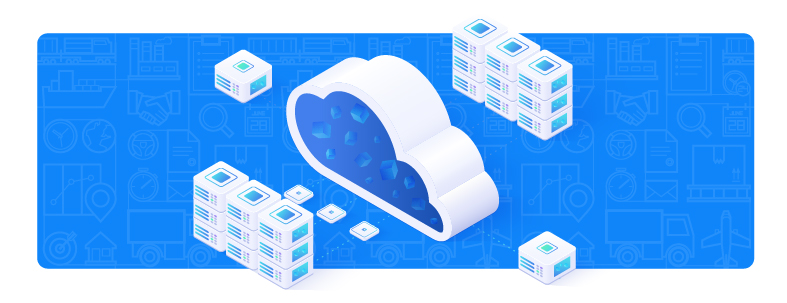How have retailers, manufacturers and distributors who successfully control their global transportation costs made themselves smarter, stronger, faster, better? They supercharged their global logistics team to quickly adapt to change using affordable, easy-to-use, cloud-based enterprise TMS software.
Enterprise TMS Software Benefits for Shippers
Critical logistics team success factors include:
- Negotiate and procure the optimal rate
- Simultaneously optimize inbound and outbound transportation
- Select the optimal mode, carrier and rate
- Achieve control tower visibility & decision support
- Conduct effective freight audits and manage fully landed costs
- Centralize & standardize to reduce costs
- React quickly to the changing global market
Control of Global Transportation Costs
Successful logistics organizations use a transportation management system to achieve maximum velocity and flexibility while minimizing costs.
MercuryGate is Global Enterprise TMS Software That’s Always Available
The powerful and customer-approved MercuryGate TMS is delivered on a cloud-based architecture. The highly configurable, browser-based system can manage multi-leg, multimodal shipments across the country or across the planet.
Enterprise TMS software is a single platform for all shipments – no matter the mode. From large volumes of small packages to multi-container ocean moves, you can use the single TMS across your enterprise to maximize 100% of your transportation spend.
Selecting the best enterprise TMS software is a critical decision for your business. The best choice is one that delivers limitless possibilities to expand both volume and services while reducing costs every step of the way.
Smarter
Faster
Stronger
Better
An integrated transportation management system can make a difference in the company’s ability to exploit new market opportunities and be more competitive. Collaboration with trading partners, your accounting systems, warehouse management systems, and your disparate business systems will open new doors to growth possibilities.
Frequently Asked Questions About Enterprise TMS
Can MercuryGate TMS integrate seamlessly with existing accounting systems, warehouse management systems, and other business systems to ensure smooth collaboration and data exchange?
Integration Capabilities of Enterprise TMS Solutions: Enterprise TMS solutions, such as MercuryGate TMS, offer robust integration capabilities with various accounting, warehouse management, and ERP systems. These systems are designed to seamlessly connect with existing infrastructure, facilitating smooth data exchange and collaboration across different platforms. By integrating with enterprise systems, businesses can streamline their logistics processes, improve visibility, and enhance decision-making capabilities.
How does the MercuryGate TMS ensure security and privacy of sensitive global logistics data, especially considering its cloud-based architecture?
Security Features of Enterprise TMS Platforms: Security is a top priority for enterprise TMS platforms, given the sensitivity of logistics data. These platforms employ advanced security measures, including data encryption, user authentication, role-based access control, and regular security audits. Additionally, MercuryGate’s enterprise TMS solution adheres to industry standards and regulations, such as GDPR and ISO 27001, to ensure compliance and protect against potential cyber threats. By prioritizing security, MercuryGate TMS offers businesses peace of mind while managing their transportation operations.
Are there any case studies or success stories showcasing how MercuryGate TMS helped different types of shippers, such as small businesses versus large enterprises, achieve significant cost savings and operational efficiency improvements?
Success Stories and Case Studies of Enterprise TMS Implementations: Numerous success stories and case studies demonstrate the effectiveness of enterprise TMS solutions in helping businesses achieve significant cost savings and operational improvements. These stories showcase how organizations across various industries have leveraged MercuryGate TMS to optimize their transportation processes, reduce freight costs, improve delivery times, and enhance overall supply chain efficiency. By sharing real-world examples of successful implementations, enterprise TMS providers highlight the tangible benefits that businesses can experience by adopting their solutions.


